Stem cell research breakthrough aided by Windows bug-testing software
2 min. read
Published on
Read our disclosure page to find out how can you help Windows Report sustain the editorial team. Read more
Software that is usually used to probe Windows applications for bugs and problems has been put to another use — helping out with stem cell research. Scientists have long been trying to determine just what it is that influences the type of tissue stems cells turn into, and the answer is now a step closer.
Scientists were pleased and surprised to find that the reasons were not as complicated as first thought. Stem cells take one of two routes — either continually replicating themselves or transforming into another type of cell. A good deal of stem cell research has focused on restorative medicine such as treating spinal injuries, and it is hoped that the Windows software will play a key role in the future.
It has already proved invaluable in predicting what happens to stem cells. The software may be used to track bugs, but it can also be used to reverse-engineer software and determine the algorithms controlling outcomes. And this is what the scientists were able to do with the stems cells, feeding data about genetic and chemical makeups into the software. This enabled them to identify a series of interactions between a small number of proteins and environmental factors.
In turn, this made it possible to predict how stems cells would respond to various changes — with an accuracy of 70 percent. “It signals a future where many discoveries in this area are driven by predictive model building,” said Simon Tomlinson from the Institute for Stem Cell Research in Edinburgh.
From fighting bugs in Windows to working with stems cells, the “formal verification” process used has proved fantastically versatile.

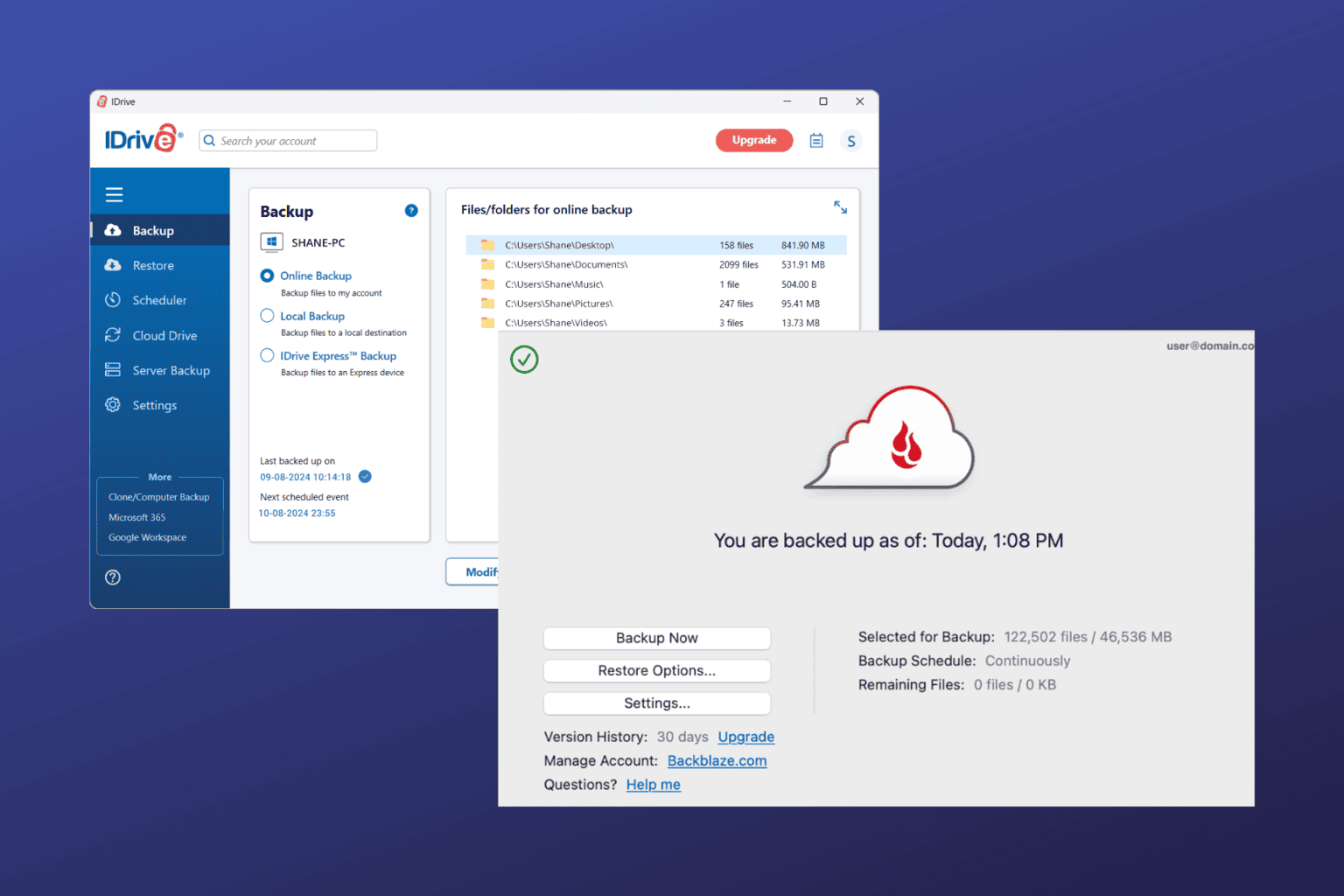
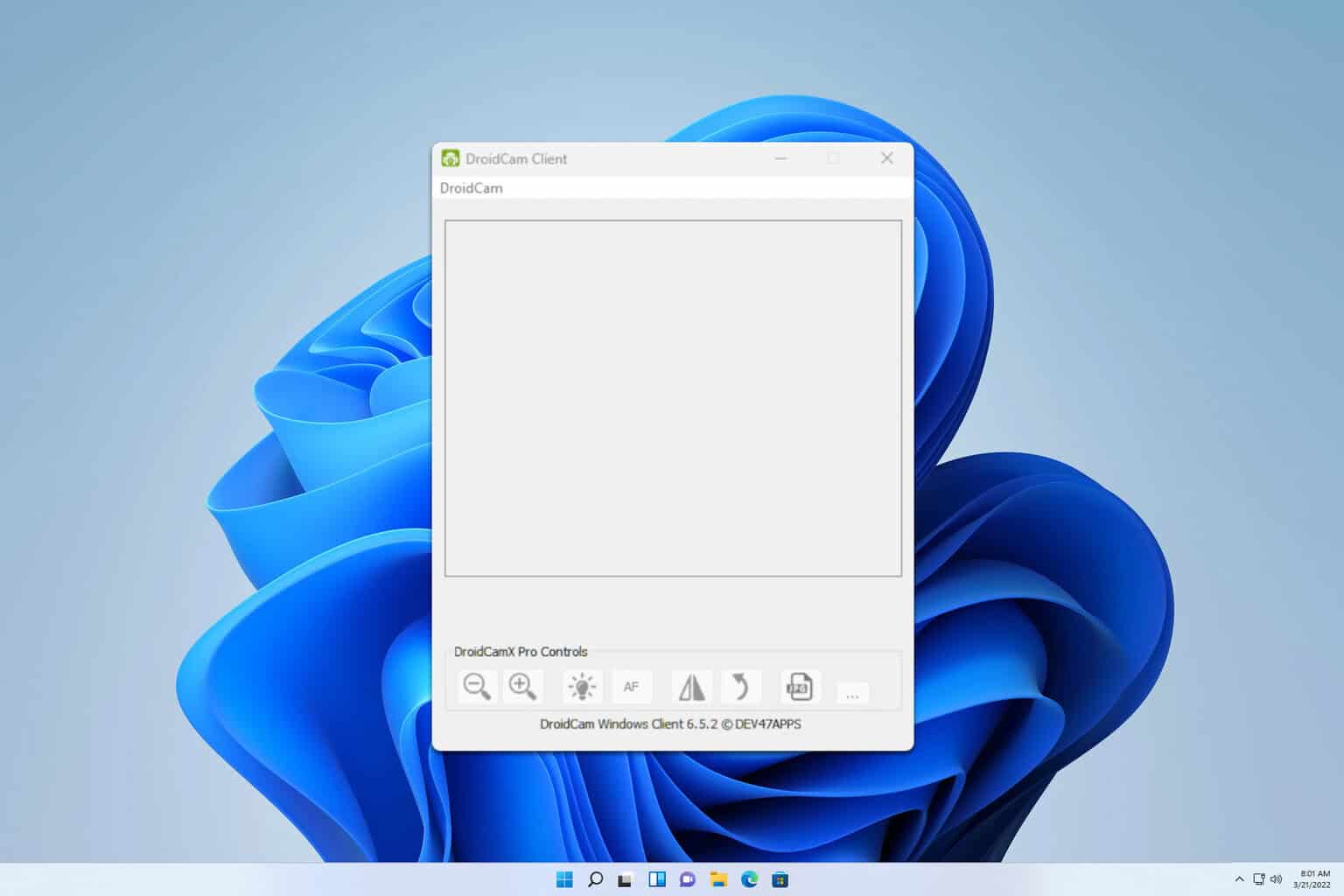
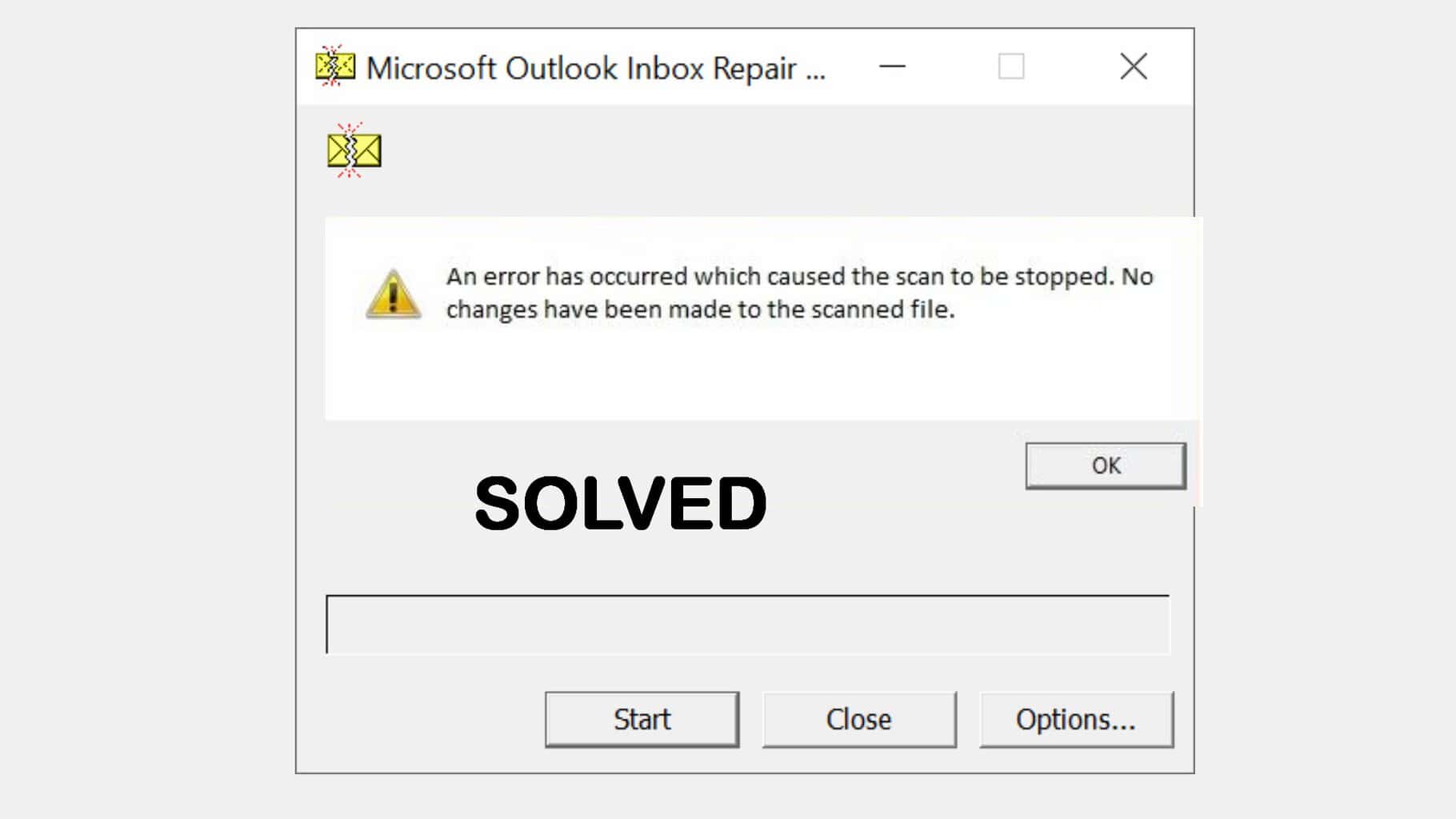


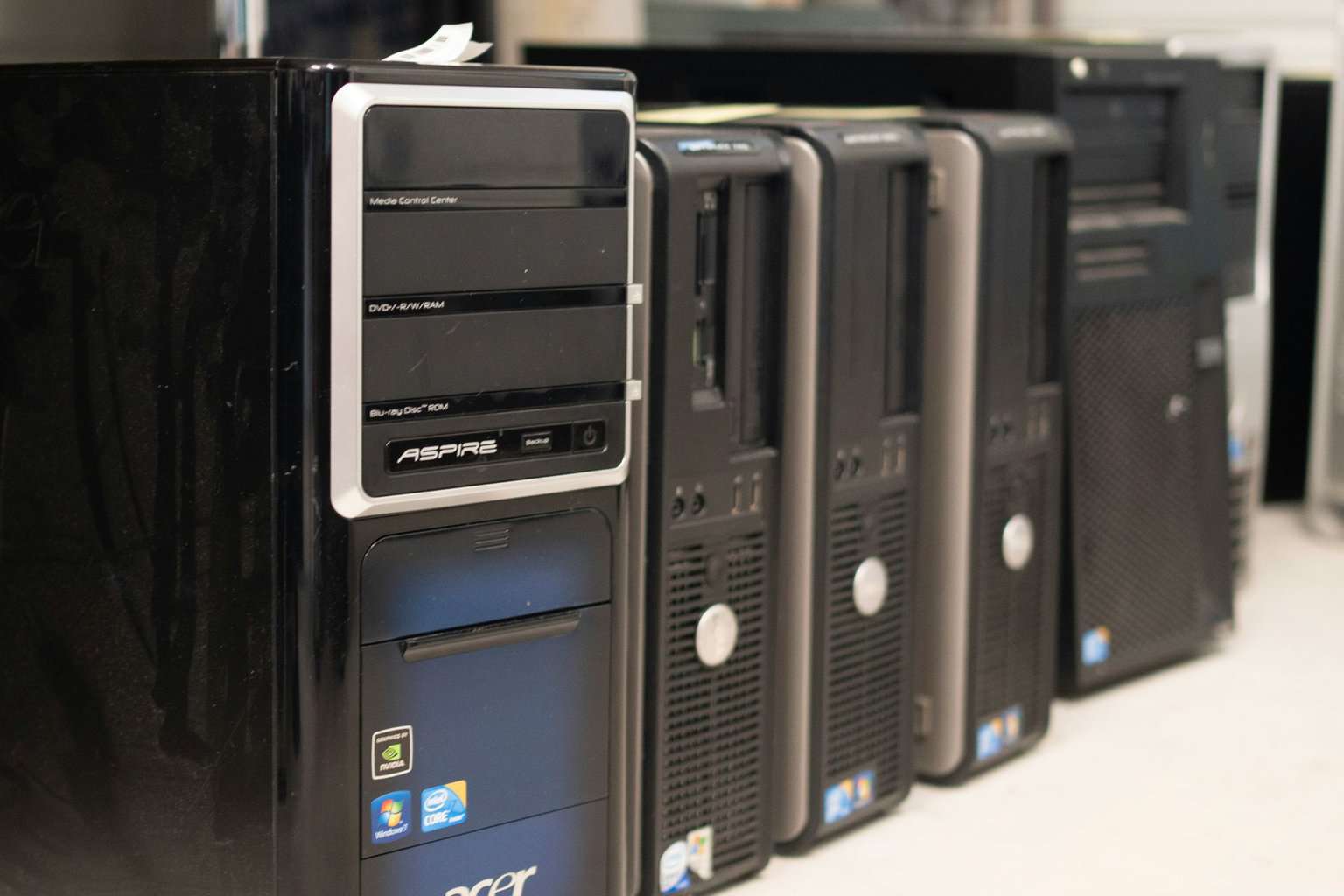
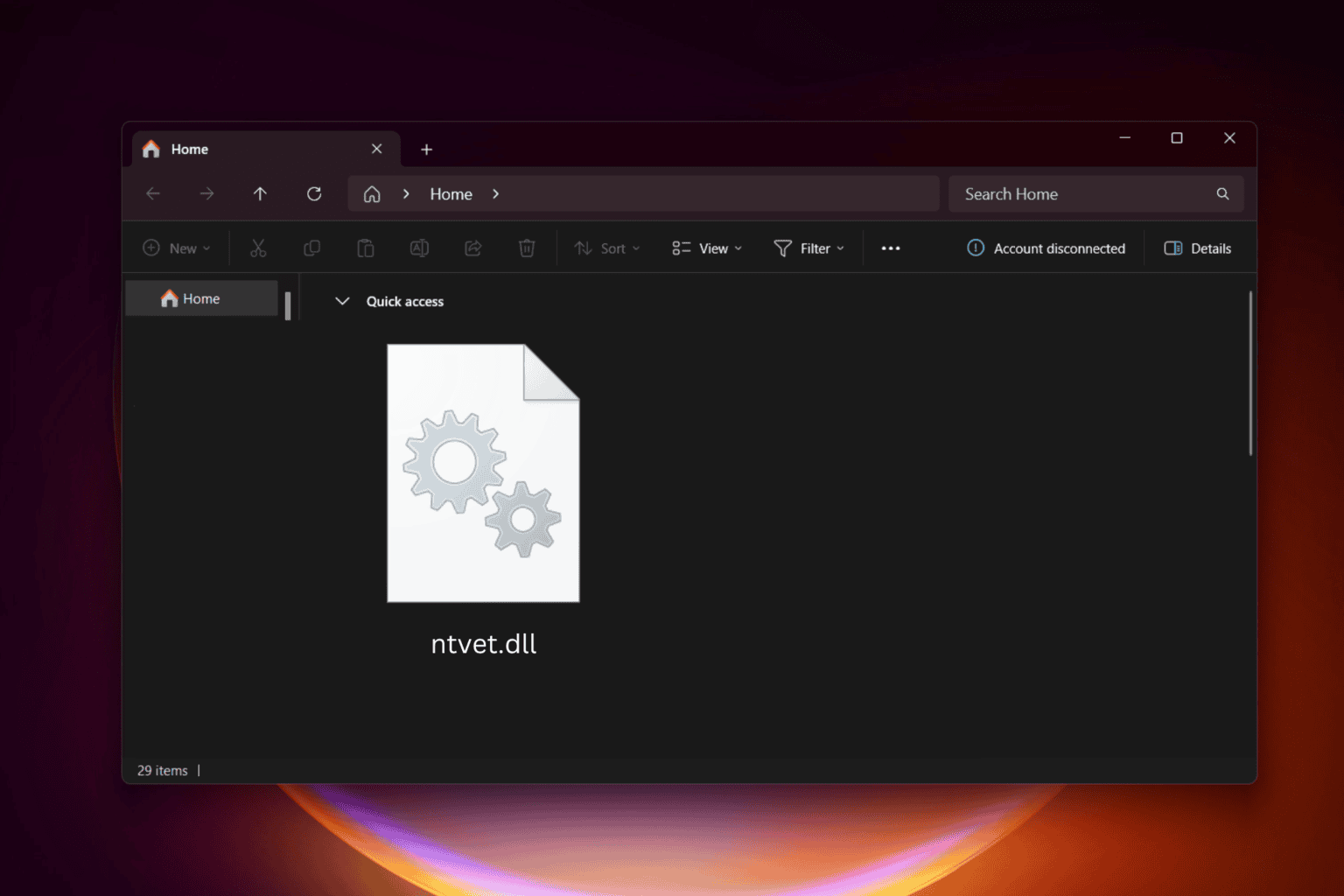
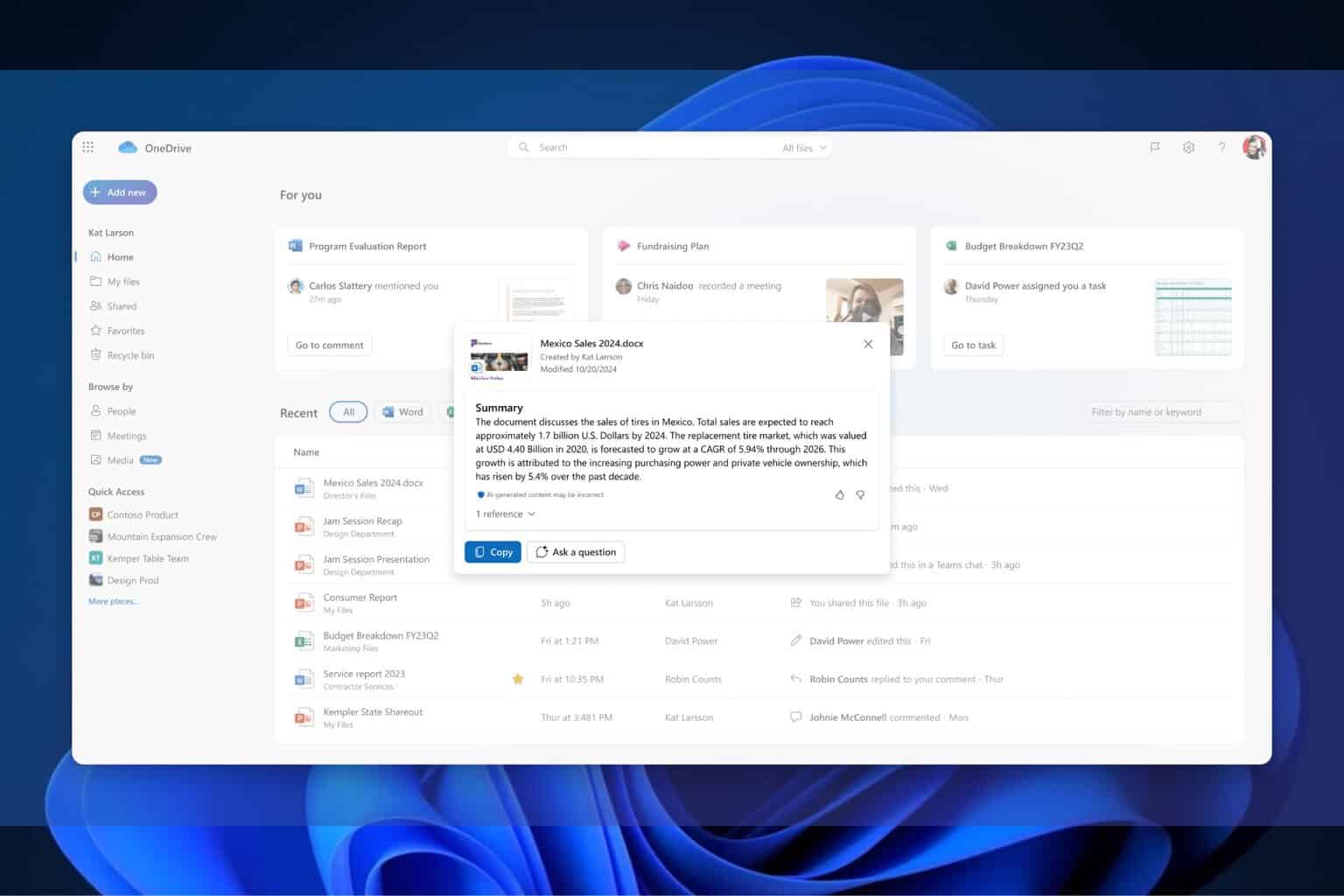
User forum
0 messages